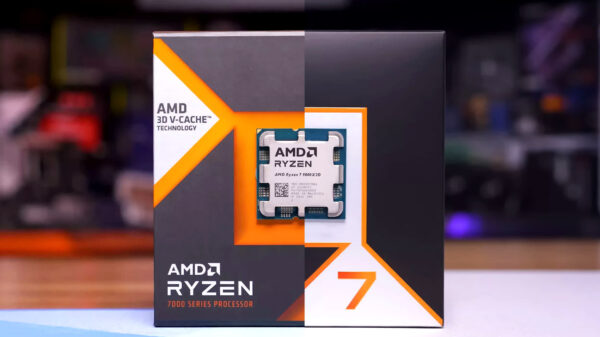The landscape for CPU shoppers has shifted significantly as of late 2025, with consumers now needing to balance performance against overall platform costs and future upgrade possibilities. The rising prices of memory and the rapid obsolescence of Intel’s sockets have added new layers to the evaluation process, making it essential to consider factors beyond mere clock speeds.
Changing Market Dynamics
As technology evolves, the competition between leading manufacturers, primarily Intel and AMD, has intensified. With the introduction of advanced architectures and features, such as PCIe 5.0 and DDR5 compatibility, consumers are left to navigate a complex web of choices. While high-performance CPUs are available, the associated costs are a critical aspect of the purchasing decision.
Current market conditions indicate that a top-tier CPU can range from around $200 for entry-level options to over $1,000 for premium models. This broad spectrum means that buyers must carefully assess their requirements, such as gaming, content creation, or general productivity, to ensure they are making the best investment.
The Importance of Future-Proofing
Future-proofing has become a key consideration in CPU purchases. With memory prices remaining high and expected to fluctuate, investing in a platform that allows for easy upgrades is crucial. Many buyers seek CPUs that not only deliver impressive performance today but also support future advancements in technology.
For instance, opting for a CPU that supports the latest memory standards can extend its usability. As of March 2025, the adoption of DDR5 is becoming increasingly common, providing significant advantages in speed and efficiency. Users looking to upgrade systems must consider the long-term implications of their choices, especially as manufacturers phase out older sockets.
In this evolving marketplace, understanding the balance between immediate performance and future capabilities can make a substantial difference in overall satisfaction with the purchase. As new technologies emerge, consumers will need to remain informed to navigate these changes effectively.
Ultimately, those shopping for CPUs in late 2025 must weigh their options carefully, considering not just the raw specifications but also the broader context of their computing needs and potential future investments.








































































